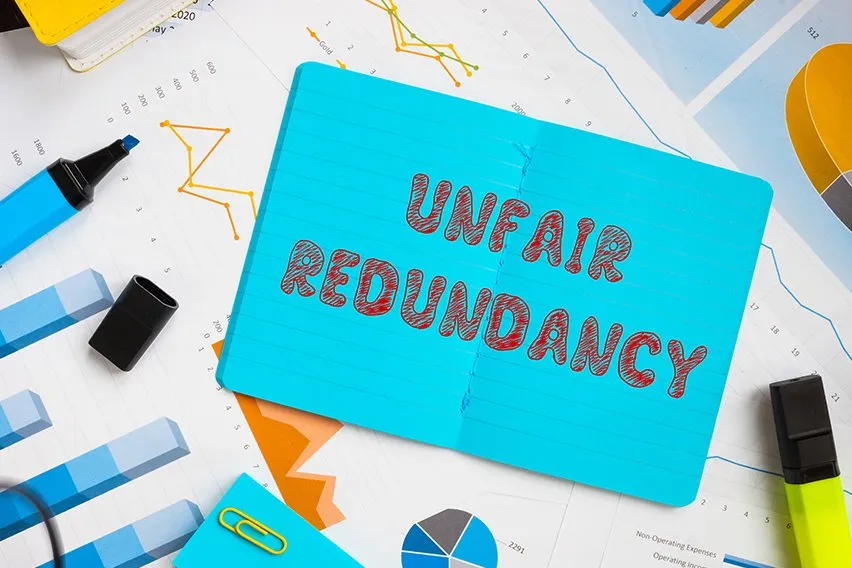What Is The Gearing Ratio? Definition, Formula & Calculation

In business and finance, debt is a large part of the process. There’s good debt, there’s bad debt, and nearly all businesses have debt levels that they aim to meet. As such, there are specific financial ratios and formulas related to debt. One of them is the gearing ratio. If you haven’t heard of gearing ratios, don’t fret. We’re here to give you a crash course in everything related to gearing ratios and explain why they’re important. Keep reading to learn more!
Here’s What We’ll Cover:
How Do You Calculate Gearing Ratio?
What Is the Gearing Ratio?
Gearing ratios are financial ratios that provide a comparison between debt to equity (capital). In any business, the debt to equity ratio is important. Gearing provides a measurement of a company’s financial leverage. This leverage demonstrates how much of a firm’s activities are funded by shareholders and how much is funded by creditors.
When it comes to a debt to equity ratio, it’s ideal for a company to have less debt than they do equity. Companies with a higher proportion of debt are more susceptible to downturns in the economy.

How Can You Tell the Difference Between a Good Gearing Ratio and a Bad Gearing Ratio?
We’re going to explain the math behind it a little further on, but an optimal gearing ratio is lower than a bad gearing ratio. Typically, the higher the gearing ratio, the higher degree of leverage a company has. The more financial leverage a company has, the more risk associated with the company.
How Do You Calculate Gearing Ratio?
There’s no one gearing ratio formula available. There are a few common ways to calculate the gearing ratio, though. Learn about the most common formulas below.
Debt to Equity Ratio
The debt to equity ratio is the most common gearing used today. The formula is very simple. You take the company’s short-term debt and long-term debt and add them together. Then, you divide the resulting number by the shareholder equity. It looks similar to the formula below:
Debt to Equity Ratio = (Long-term Debt + Short-term Debt) / Shareholder Equity
The resulting number is your gearing. The lower the ratio, the better the gearing. The higher the number, the worse the gearing.
Equity Ratio
Another common form of gearing ratio is the equity ratio. This is more appropriately used in comparison to other businesses in the same industry. The equity ratio takes a company’s total equity and divides it by its total assets. Similar to the debt to equity ratio, lower numbers indicate better financial health for a business.
Equity Ratio = Total Equity / Total Assets
Debt Ratio
The last common form of gearing ratio we’ll talk about is the debt ratio. This formula is very similar to the equity ratio. However, rather than dividing the total equity by the total assets, we divide the total debt. The formula is below.
Debt Ratio = Total Debt / Total Assets
How Is Gearing Used?
There are several ways to use gearing ratios. However, it’s crucial to understand how to interpret them first. Just because a company has a high gearing ratio doesn’t mean that the company is having financial difficulties. What it actually means is that the company has a riskier financial structure.
That being said, gearing ratios are most commonly used to assess whether or not a company is a financial risk. Financial institutions may review several different forms of gearing to assess if they should lend them money. A company can also review their own ratio to predict whether or not they’ll be offered funding, or if they’ll be offered funding at a comfortable rate.

Examining Companies by Their Gearing
If you’re looking at a company and trying to determine if they’re a worthy investment opportunity, you’ll look at their gearing. Looking at their gearing should be done on a comparative basis, though. A company may have a gearing of 0.8. That seems high, doesn’t it? It may not be.
To determine if this company has too high a gearing, you’ll need to dig into their competitors. You may find that other successful companies have a similar gearing. You may also find that the optimal gearing in that industry is lower, at 0.5. If that’s the case, it may be wise not to invest. Gearing is not universal among industries. It will shift, depending on what you’re reviewing.
Key Takeaways
Gearing ratios are a way to financially examine a company’s health. Typically, low gearing is better than high gearing. However, not all forms of gearing are the same, and not all industries have the same optimal gearing. These are things to take into consideration.
If you have more questions about financial formulas and concepts, visit our resource hub! You’ll find more articles like this one there.
RELATED ARTICLES

 Online Tax Return: Guide to File Self Assessment Tax Return
Online Tax Return: Guide to File Self Assessment Tax Return How to Register as Self-Employed in the UK? A Step-by-Step Guide
How to Register as Self-Employed in the UK? A Step-by-Step Guide What Is IR35? A Guide to Its Rule & Changes
What Is IR35? A Guide to Its Rule & Changes What Is PCI Compliance? A Guide
What Is PCI Compliance? A Guide A Guide to Claim Mileage Allowance & Rates
A Guide to Claim Mileage Allowance & Rates How to Calculate Statutory Redundancy Pay
How to Calculate Statutory Redundancy Pay